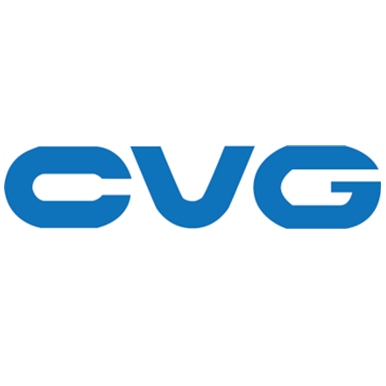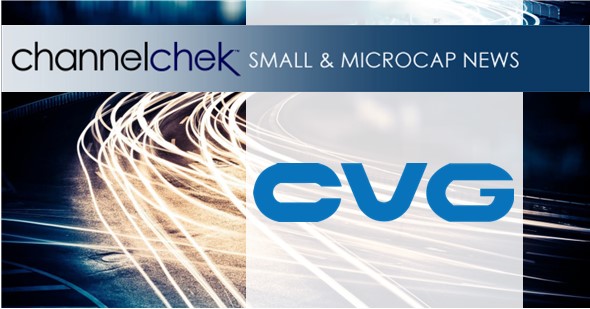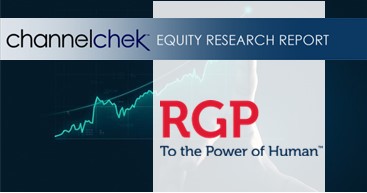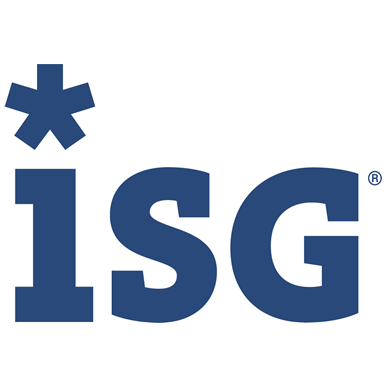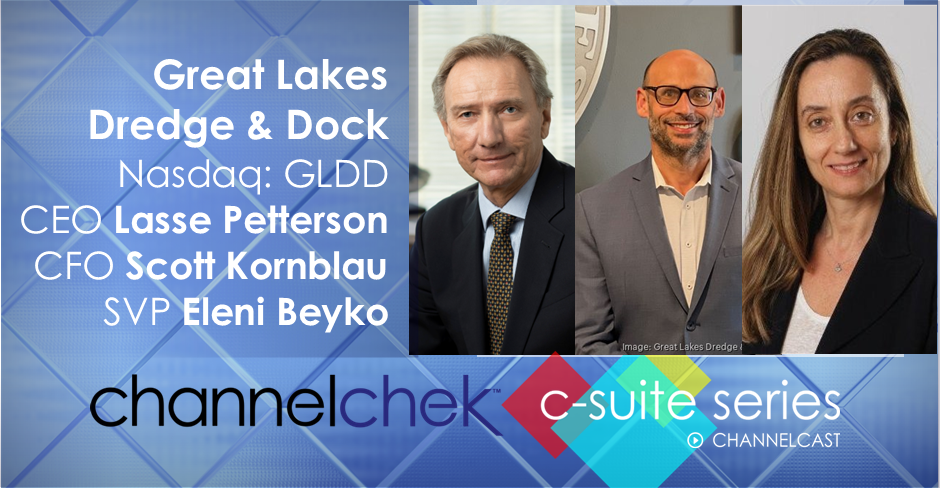Research News and Market Data on LODE
World Class Innovation Team Set Sights on 100% Renewable Sustainable Aviation Fuel and Fossil Parity
VIRGINIA CITY, NEVADA, October 2, 2024 – Comstock Inc. (NYSE: LODE) (“Comstock” and the “Company”) today announced the execution by Comstock’s wholly-owned subsidiary, Comstock IP Holdings LLC, of an Exclusive License Agreement (“ELA”) and Cooperative Research and Development Agreement (“CRADA”) with Alliance for Sustainable Energy LLC (“Alliance”), the managing and operating contractor of the U.S. Department of Energy’s (“DOE”) National Renewable Energy Laboratory (“NREL”), involving technologies developed by NREL and the Massachusetts Institute of Technology (“MIT”) for conversion of lignocellulosic biomass into aromatic sustainable aviation fuel (“SAF”). NREL and MIT are separately party to an Inter-Institutional Agreement that appointed NREL the exclusive right to license NREL’s and MIT’s joint intellectual properties, and Comstock IP Holdings previously granted Comstock Fuels Corporation the master exclusive rights for commercialization of its existing and new renewable fuels technologies.
Comstock’s Existing Process
Comstock Fuels offers advanced lignocellulosic biomass refining solutions that produce market-leading yields of cellulosic ethanol, gasoline, renewable diesel, SAF, and other renewable fuels at extremely low carbon intensities. The Comstock Fuels process generally involves: (1) solvolytic digestion and fractionation of lignocellulosic biomass, (2) bioconversion of cellulose into Cellulosic Ethanol, (3) esterification of lignin and other derivatives into Bioleum Oil, (4) hydrodeoxygenation of Bioleum Oil into Hydrodeoxygenated Bioleum Oil (“HBO”), (5) refining of the resulting intermediates into ASTM compliant renewable fuels, and (6) gas-to-liquids emissions capture and fuel conversion. The first five of these processes are proven to produce up to 125 gallons of renewable fuel per dry metric ton of feedstock (on a gasoline gallon equivalent basis, or GGE), depending on feedstock, lignin content, site conditions, and other process parameters, with extremely low carbon intensity scores of 15. The sixth step has the potential to increase bulk biomass conversion yields even further, to more than 140 GGE and more than 70% of the theoretical maximum yield from most forms of woody biomass.
Integrated Process
Comstock IP Holdings is focused on continuously improving the proven performance and operations of Comstock Fuel’s commercial refining solutions, including by increasing feedstock diversity, bulk conversion yields, and product quality for use in SAF while decreasing total variable costs.
The technologies covered by the NREL license have the proven potential to contribute to each of those objectives, including by depolymerizing and stabilizing intermediates, by reforming feedstock derived water to decrease reliance on fossil hydrogen, and by removing oxygen in a way that favors high concentrations of aromatic hydrocarbons for use in SAF.
David Winsness, President of Comstock Fuels, said, “Our existing commercial process unlocks and converts wasted, unused, and purpose grown woody biomass into renewable fuels at extraordinary yields and carbon intensities, essentially creating an endless oilwell hidden in plain sight. Our planned commercial facilities have been designed to tap into that oilwell to produce an array of intermediates and fuels. However, further developing and integrating the NREL technologies into our process could give us the remarkable additional ability to maximize aromatic content and quality specifically for high value use in addressing the recent global surge in demand for SAF.”
World Class Team
The terms of the CRADA involve a three-year scope of work to jointly develop an integrated process based on Comstock’s existing process and the NREL technologies for the solvocatalytic refining of woody biomass into aromatic SAF and other renewable fuels. Comstock will fund the research and contribute staff, equipment, and use of its pilot facility in Wisconsin. The joint work will be supported by a world class team, including Gregg Beckham, David Brandner, Mickey Stone, and Michelle Reed of NREL, Yuriy Román-Leshkov, MIT’s Robert T. Haslam Professor in Chemical Engineering, and Joshua Heyne, Director of the Bioproducts, Sciences, and Engineering Lab at Washington State University. The CRADA is anticipated to culminate in construction of a pre-commercial pilot system to validate the requirements needed to rapidly scale-up the resulting process into Comstock’s already planned 50,000 metric ton per year commercial demonstration facility.
Gregg Beckham, Senior Research Fellow for NREL, said, “An integrated process based on Comstock’s and NREL’s technologies would have remarkable potential in decarbonizing liquid fuels. Comstock’s established market leadership and commercial scale-up plans for its existing process provide an exciting opportunity to accelerate commercialization of NREL’s technology. Our respective teams from NREL and MIT are delighted to work with Comstock to scale-up this technology for low-carbon fuels and products.”
“Comstock’s mission is to enable systemic decarbonization, starting with transportation,” said Kevin Kreisler, Comstock’s chief technology officer. “Our plan to do so involves developing and commercializing highly profitable new processes that bootstrap the Earth’s natural carbon cycle while enabling stakeholders at all levels of the mobility supply chain to produce and use enough renewable fuels to decarbonize at globally meaningful scales. Our existing commercial process launches that effort, but we believe that we can maximize the breadth and rate of global market adoption with continued innovation to produce the world’s first 100% renewable SAF at costs that approach parity with fossil fuels. We believe that feat to be achievable by integrating Comstock’s and NREL’s technologies, and we’re excited to get to work.”
The ELA provides Comstock IP Holdings with the exclusive worldwide right to use the NREL technologies in the processing and conversion of seed plants to renewable fuels and renewable fuel feedstocks, including native, hybrid, and transgenic phenotypes, and derivatives thereof, excluding switchgrass, big bluestem, miscanthus, and the leaves, stalks, and husks produced during the harvesting of corn, subject to limited geographic restrictions, in exchange for royalty and other fees linked to sales of licensed products and sublicensing.
NREL’s and MIT’s prior work on the NREL technologies was initially funded by the Center for Bioenergy Innovation, a DOE Research Center supported by the Office of Biological and Environmental Research in the DOE Office of Science, and the DOE Bioenergy Technologies Office on the Lignin Conversion to Sustainable Aviation Fuel Blendstocks project. More information on the technologies is available online in the articles titled Catalytic Process With Lignin Could Enable 100% Sustainable Aviation Fuel, Making Aviation Fuel from Biomass, and Continuous Hydrodeoxygenation of Lignin to Jet-Range Aromatic Hydrocarbons.
Technology Readiness Level
Comstock uses the technology readiness scale to estimate the readiness of technology from conception to commercialization, iterating sequentially as follows: (i) TRL 1 (basic principles observed and reported); (ii) TRL 2 (technology concept and application formulated); (iii) TRL 3 (analytical and experimental proof of concept); (iv) TRL 4 (validation in laboratory environment); (v) TRL 5 (pre-pilot scale validation in relevant environment); (vi) TRL 6 (pilot prototype demonstration in relevant environment); (vii) TRL 7 (scaled-up commercial prototype in operational environment); (viii) TRL 8 (commercial system demonstration); (ix) TRL 9 (commercial maturity).
The NREL technologies covered by the Comstock license have been validated at TRL 4. The scope of work under the CRADA involves rapid validation of an integrated TRL 3 process based on Comstock’s and NREL’s technologies, followed by construction of a TRL 6 pre-commercial pilot system. Once complete, a modular TRL 7 scale-up of the integrated process would be added to Comstock’s recently announced 50,000 metric ton per year demonstration facility to provide the data required for scale-up in Comstock’s planned 1,000,000 metric ton per year commercial facilities at TRL 8.
About Comstock Inc.
Comstock Inc. (NYSE: LODE) commercializes innovative technologies that contribute to global decarbonization and the clean energy transition by efficiently converting under-utilized natural resources, primarily, woody biomass into low-carbon renewable fuels, end-of-life metal extraction and renewal, and generative AI-enabled advanced materials synthesis and mineral discovery for sustainable mining. To learn more, please visit www.comstock.inc.
Comstock Social Media Policy
Comstock Inc. has used, and intends to continue using, its investor relations link and main website at www.comstock.inc in addition to its Twitter, LinkedIn and YouTube accounts, as means of disclosing material non-public information and for complying with its disclosure obligations under Regulation FD.
CONTACTS:
For investor inquiries:
RB Milestone Group LLC
Tel (203) 487-2759
ir@comstockinc.com
For media inquiries or questions:
Comstock Inc., Zach Spencer
Tel (775) 847-7532
questions@comstockinc.com
Forward Looking Statements
This press release and any related calls or discussions may include forward-looking statements within the meaning of Section 27A of the Securities Act of 1933, as amended, and Section 21E of the Securities Exchange Act of 1934, as amended. All statements, other than statements of historical facts, are forward-looking statements. The words “believe,” “expect,” “anticipate,” “estimate,” “project,” “plan,” “should,” “intend,” “may,” “will,” “would,” “potential” and similar expressions identify forward-looking statements but are not the exclusive means of doing so. Forward-looking statements include statements about matters such as: future market conditions; future explorations or acquisitions; future changes in our research, development and exploration activities; future financial, natural, and social gains; future prices and sales of, and demand for, our products and services; land entitlements and uses; permits; production capacity and operations; operating and overhead costs; future capital expenditures and their impact on us; operational and management changes (including changes in the Board of Directors); changes in business strategies, planning and tactics; future employment and contributions of personnel, including consultants; future land and asset sales; investments, acquisitions, joint ventures, strategic alliances, business combinations, operational, tax, financial and restructuring initiatives, including the nature, timing and accounting for restructuring charges, derivative assets and liabilities and the impact thereof; contingencies; litigation, administrative or arbitration proceedings; environmental compliance and changes in the regulatory environment; offerings, limitations on sales or offering of equity or debt securities, including asset sales and associated costs; business opportunities, growth rates, future working capital, needs, revenues, variable costs, throughput rates, operating expenses, debt levels, cash flows, margins, taxes and earnings. These statements are based on assumptions and assessments made by our management in light of their experience and their perception of historical and current trends, current conditions, possible future developments and other factors they believe to be appropriate. Forward-looking statements are not guarantees, representations or warranties and are subject to risks and uncertainties, many of which are unforeseeable and beyond our control and could cause actual results, developments, and business decisions to differ materially from those contemplated by such forward-looking statements. Some of those risks and uncertainties include the risk factors set forth in our filings with the SEC and the following: adverse effects of climate changes or natural disasters; adverse effects of global or regional pandemic disease spread or other crises; global economic and capital market uncertainties; the speculative nature of gold or mineral exploration, and lithium, nickel and cobalt recycling, including risks of diminishing quantities or grades of qualified resources; operational or technical difficulties in connection with exploration, metal recycling, processing or mining activities; costs, hazards and uncertainties associated with precious and other metal based activities, including environmentally friendly and economically enhancing clean mining and processing technologies, precious metal exploration, resource development, economic feasibility assessment and cash generating mineral production; costs, hazards and uncertainties associated with metal recycling, processing or mining activities; contests over our title to properties; potential dilution to our stockholders from our stock issuances, recapitalization and balance sheet restructuring activities; potential inability to comply with applicable government regulations or law; adoption of or changes in legislation or regulations adversely affecting our businesses; permitting constraints or delays; challenges to, or potential inability to, achieve the benefits of business opportunities that may be presented to, or pursued by, us, including those involving battery technology and efficacy, quantum computing and generative artificial intelligence supported advanced materials development, development of cellulosic technology in bio-fuels and related material production; commercialization of cellulosic technology in bio-fuels and generative artificial intelligence development services; ability to successfully identify, finance, complete and integrate acquisitions, joint ventures, strategic alliances, business combinations, asset sales, and investments that we may be party to in the future; changes in the United States or other monetary or fiscal policies or regulations; interruptions in our production capabilities due to capital constraints; equipment failures; fluctuation of prices for gold or certain other commodities (such as silver, zinc, lithium, nickel, cobalt, cyanide, water, diesel, gasoline and alternative fuels and electricity); changes in generally accepted accounting principles; adverse effects of war, mass shooting, terrorism and geopolitical events; potential inability to implement our business strategies; potential inability to grow revenues; potential inability to attract and retain key personnel; interruptions in delivery of critical supplies, equipment and raw materials due to credit or other limitations imposed by vendors; assertion of claims, lawsuits and proceedings against us; potential inability to satisfy debt and lease obligations; potential inability to maintain an effective system of internal controls over financial reporting; potential inability or failure to timely file periodic reports with the Securities and Exchange Commission; potential inability to list our securities on any securities exchange or market or maintain the listing of our securities; and work stoppages or other labor difficulties. Occurrence of such events or circumstances could have a material adverse effect on our business, financial condition, results of operations or cash flows, or the market price of our securities. All subsequent written and oral forward-looking statements by or attributable to us or persons acting on our behalf are expressly qualified in their entirety by these factors. Except as may be required by securities or other law, we undertake no obligation to publicly update or revise any forward-looking statements, whether as a result of new information, future events, or otherwise. Neither this press release nor any related calls or discussions constitutes an offer to sell, the solicitation of an offer to buy or a recommendation with respect to any securities of the Company, the fund, or any other issuer.
